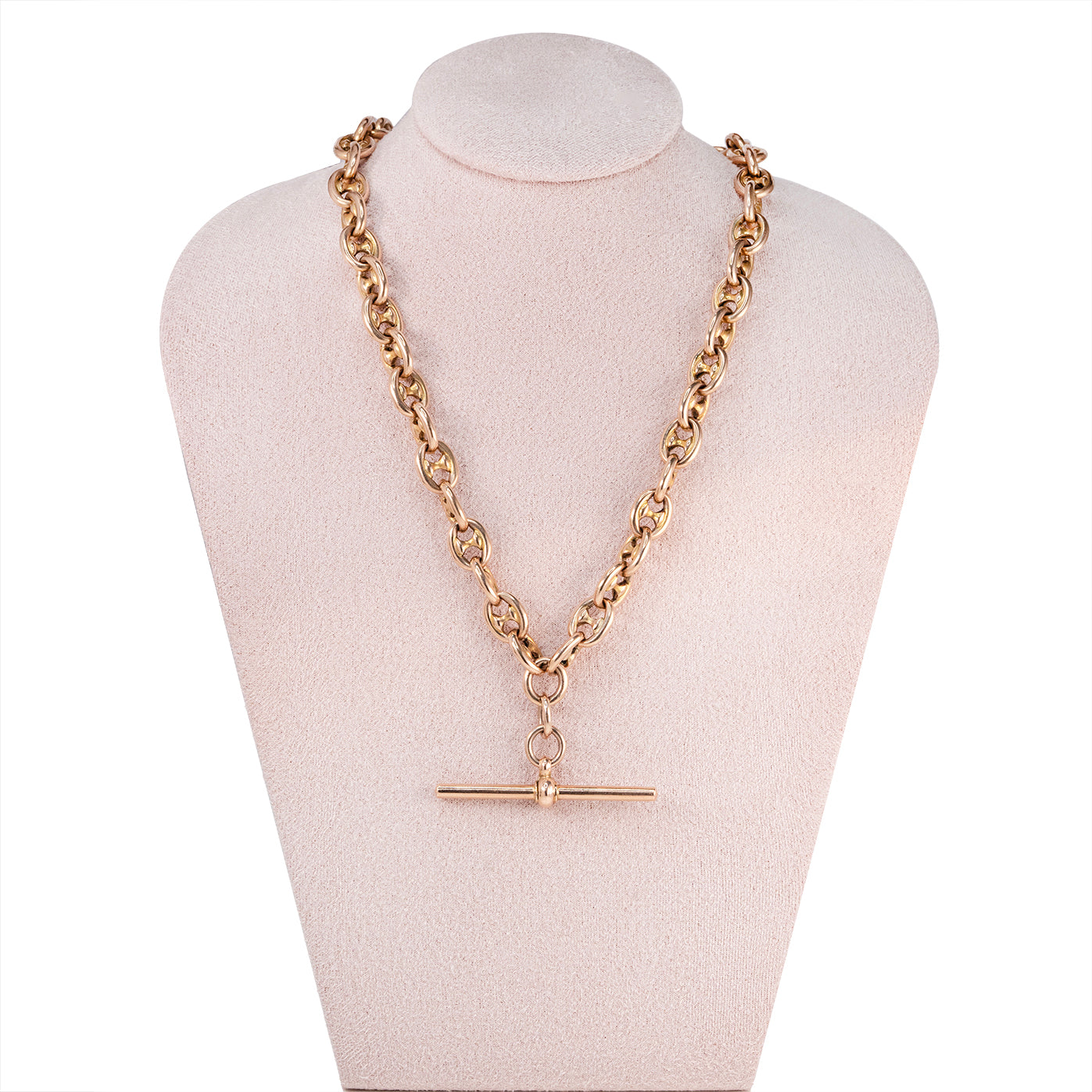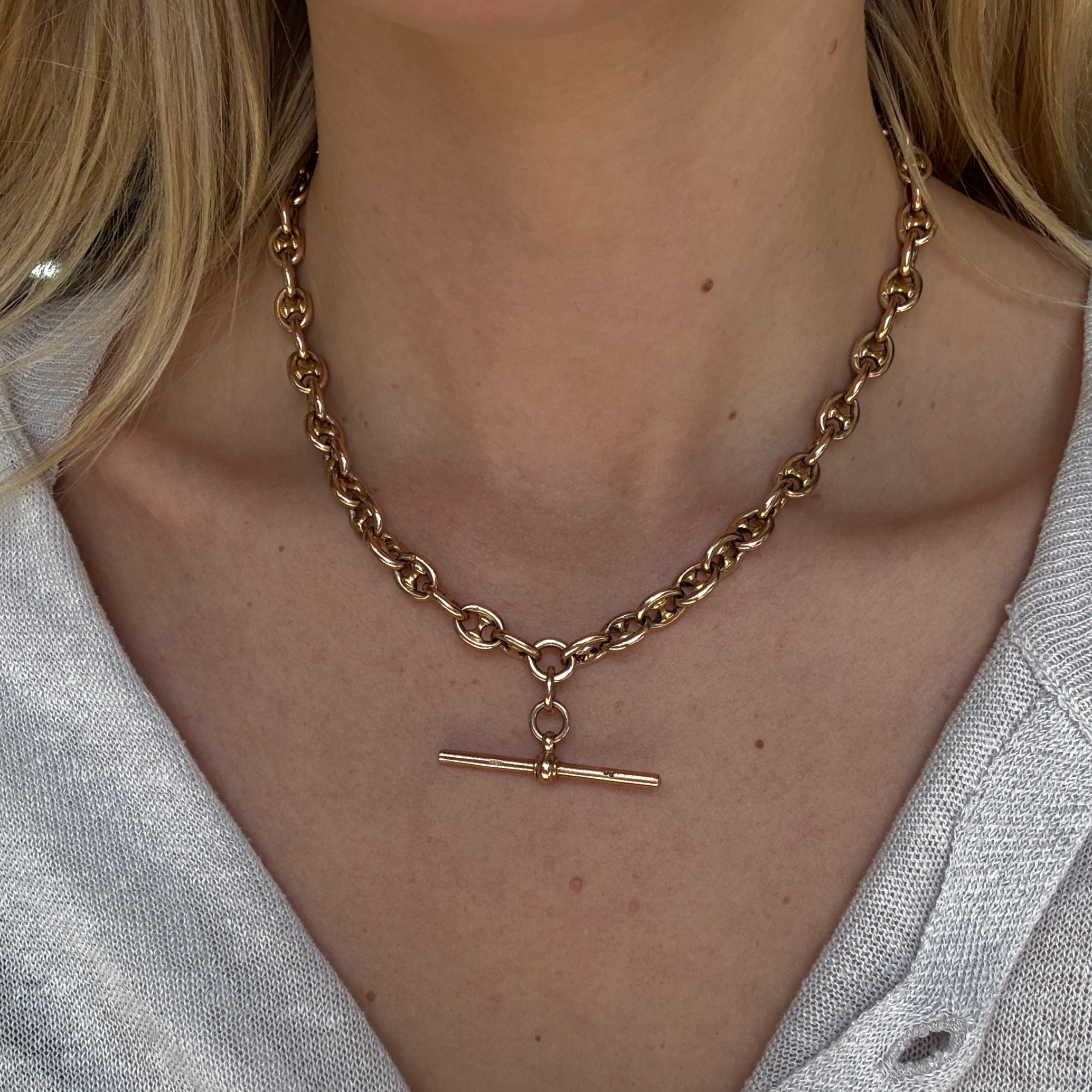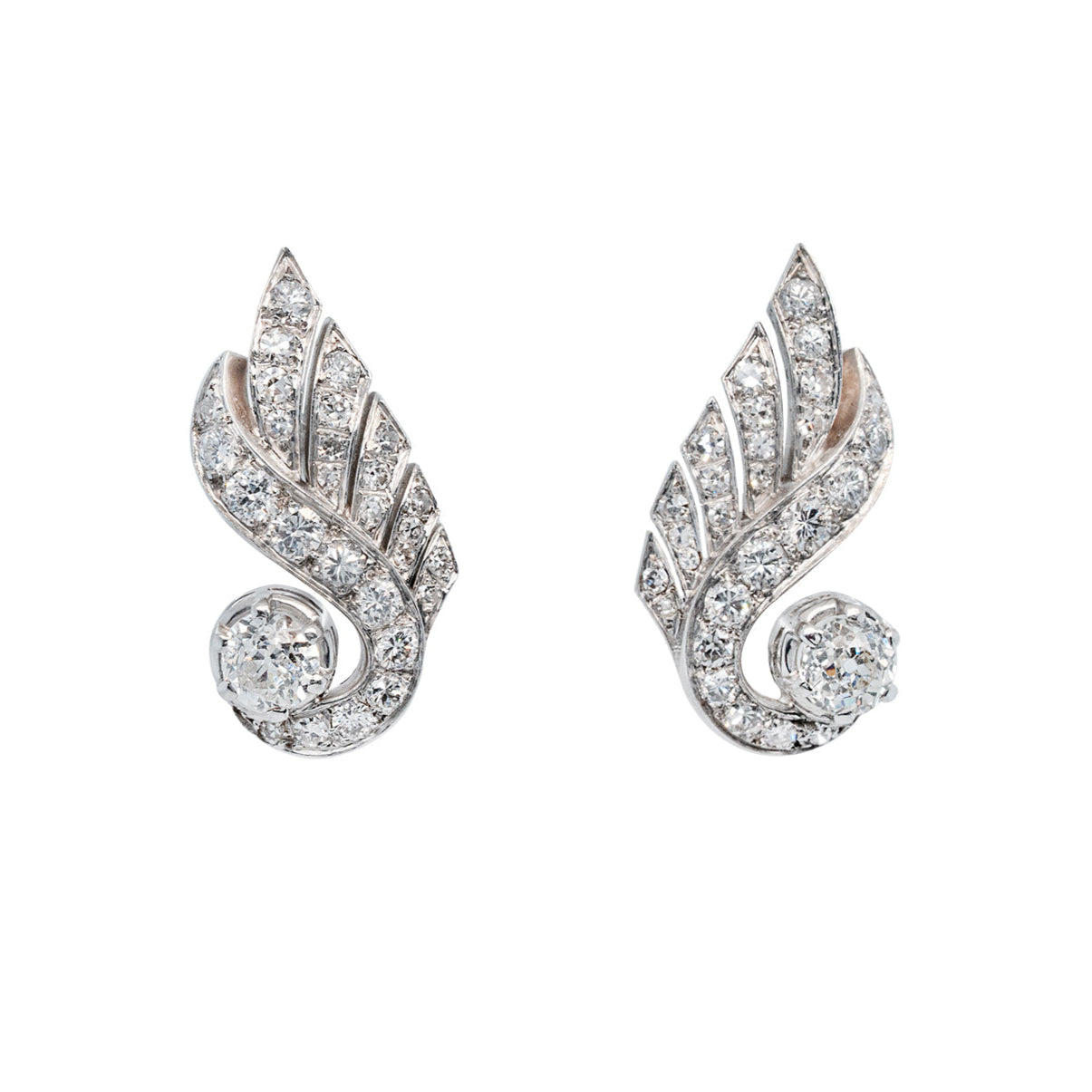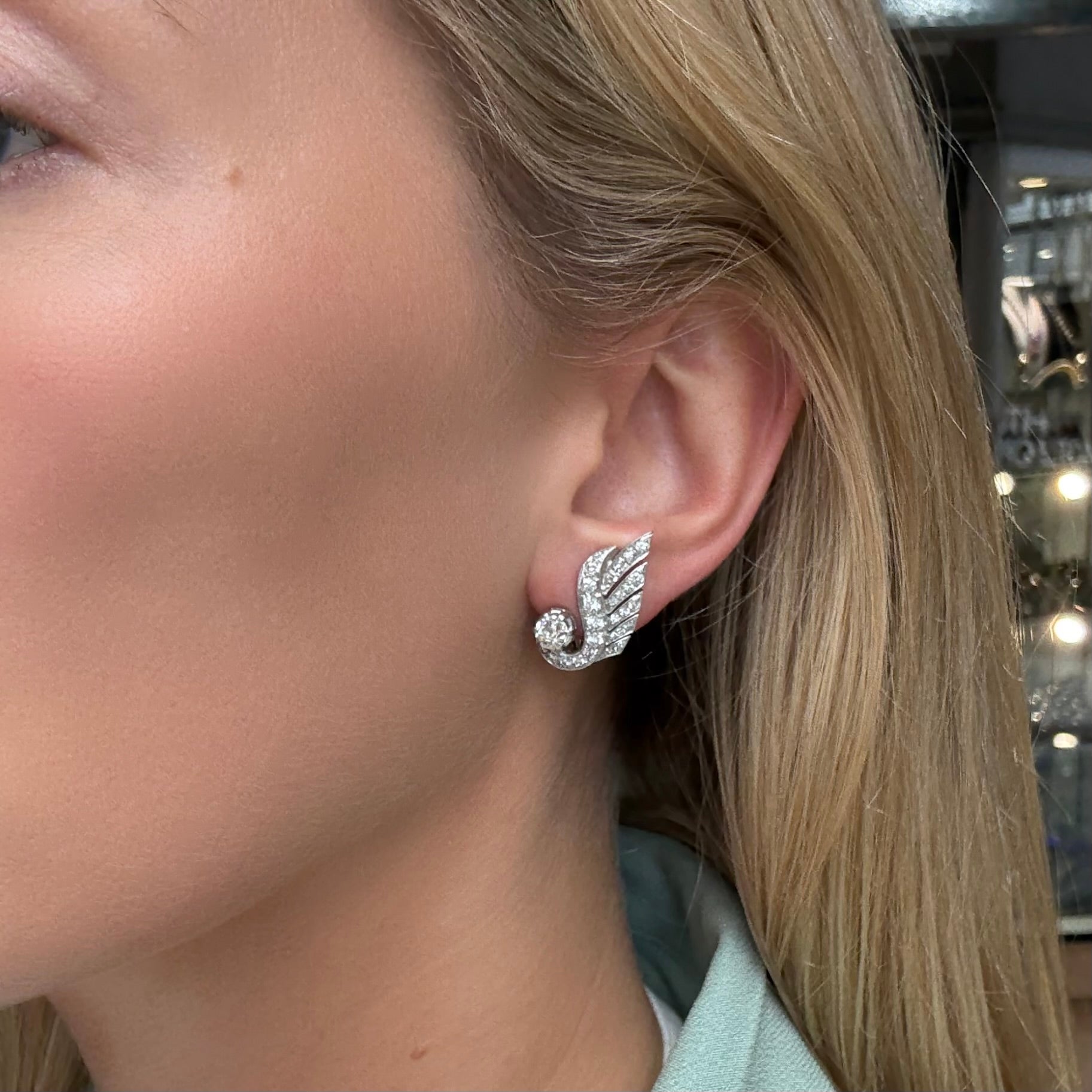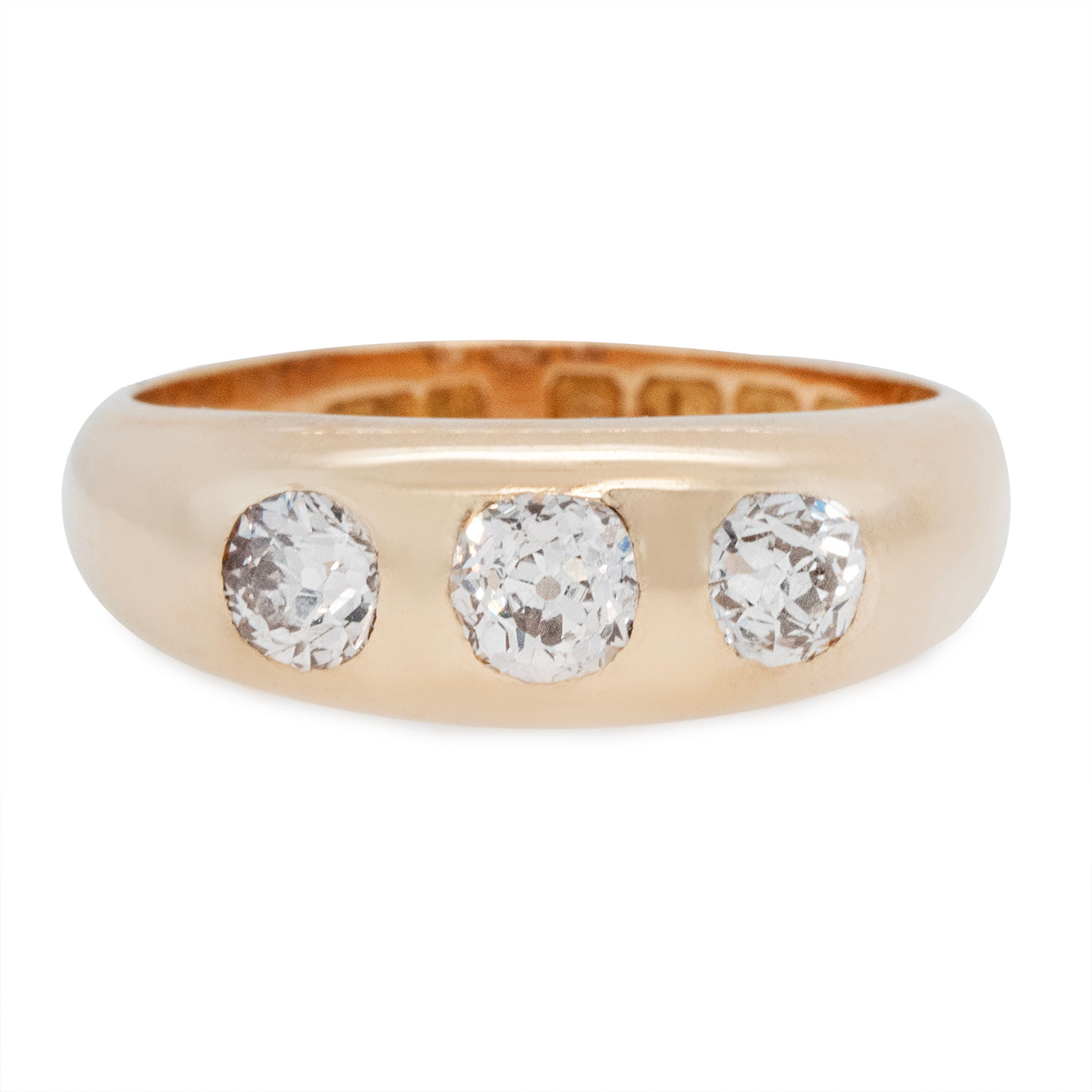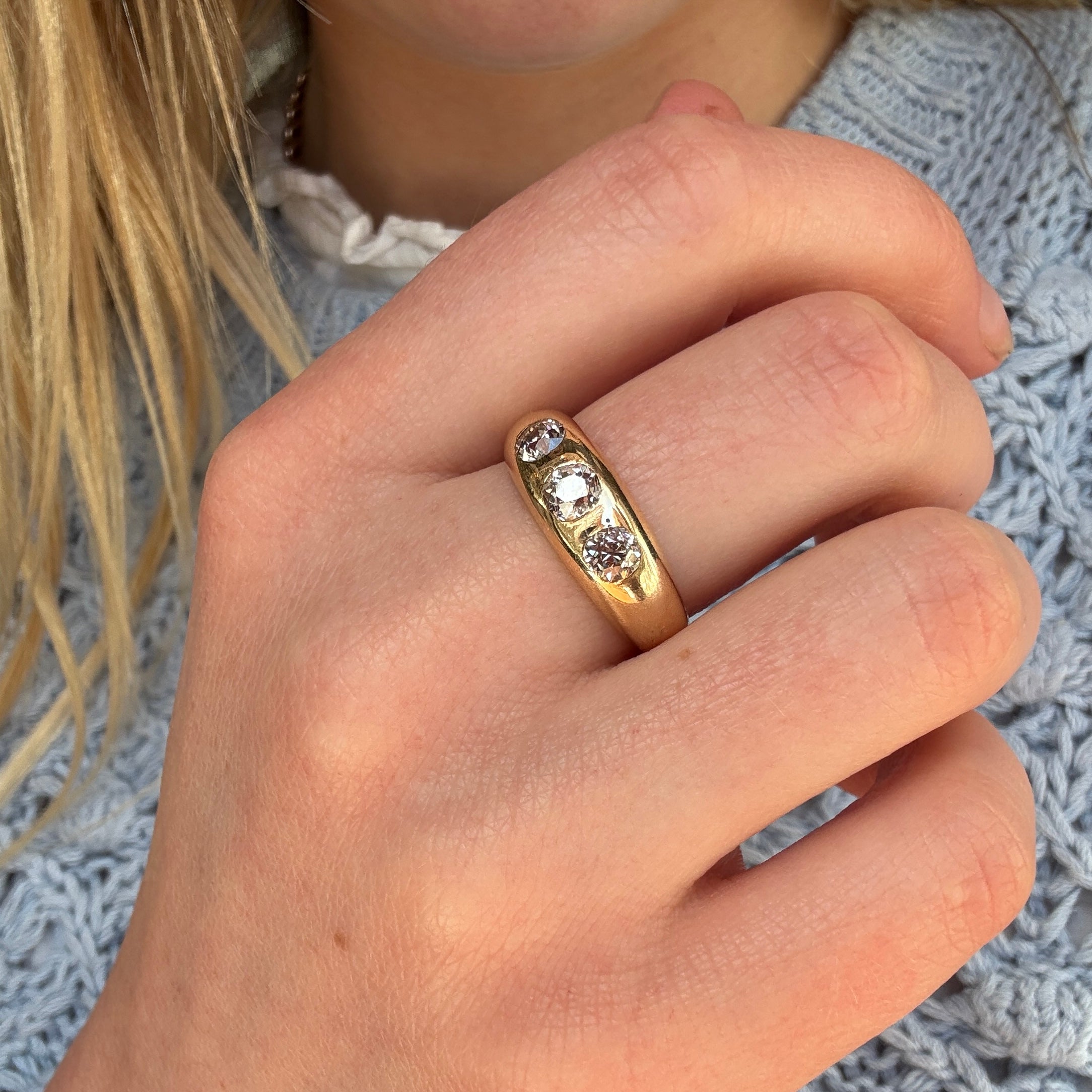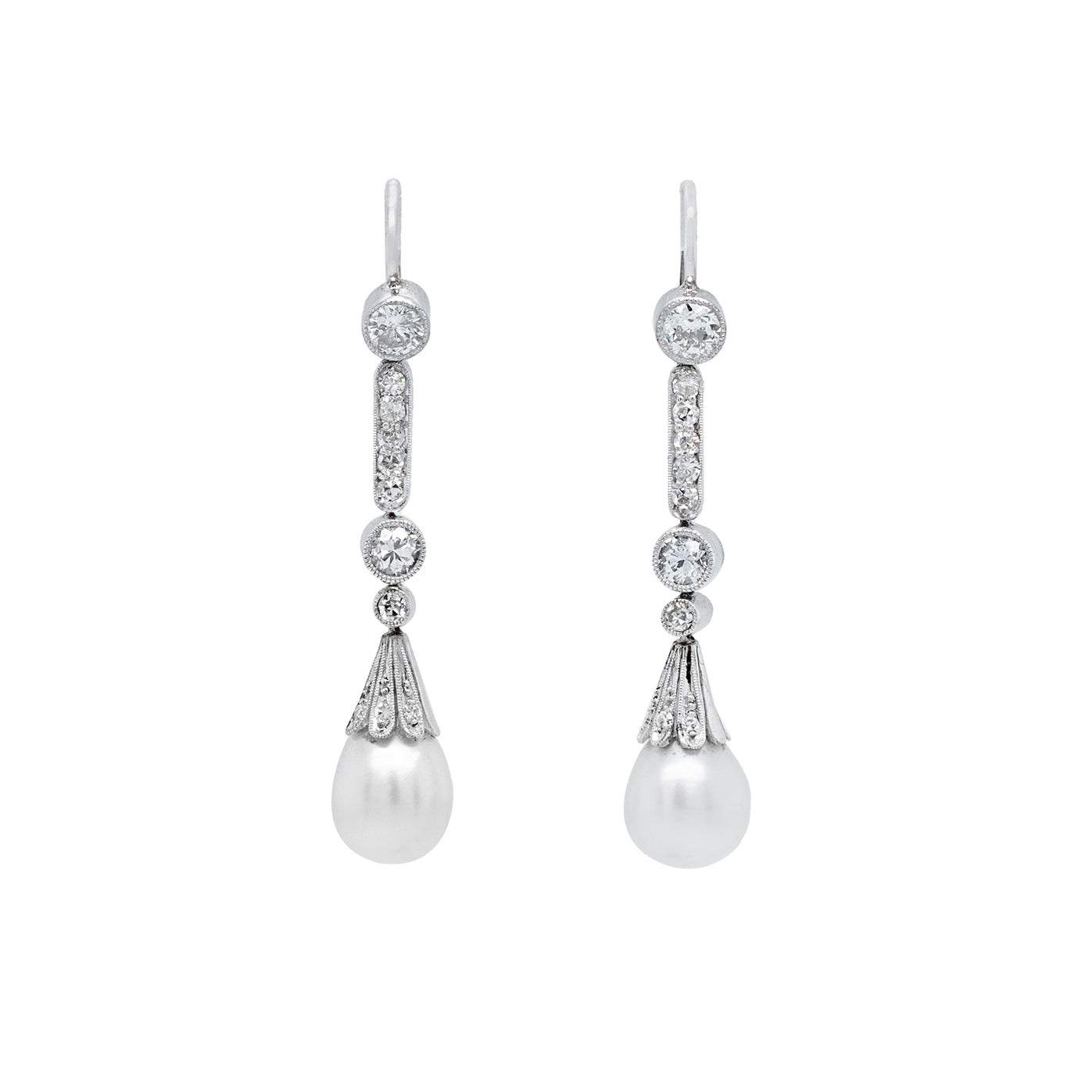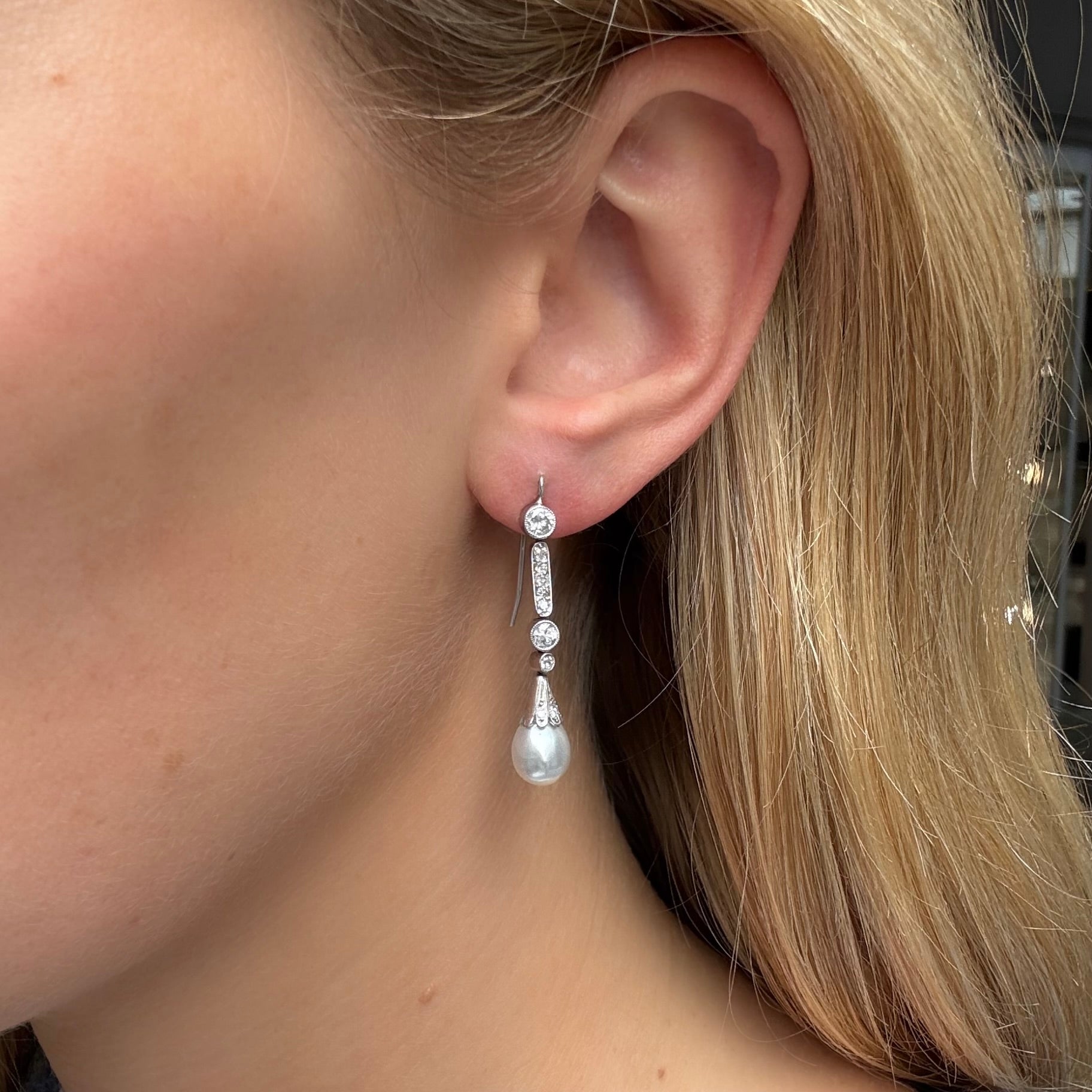The way in which jewellery is set has evolved significantly over centuries, adapting to the tastes, craftsmanship and technologies of respective periods. Among these techniques is the Cut-down setting which holds an important place in antique jewellery history.
A cut down setting refers to a technique where the metal around a gemstone is carefully ‘cut-down’ to reduce its visibility while still holding the stone in place. This style of setting is commonly used in antique jewellery, particularly from the Georgian, Victorian and Edwardian eras.
The Georgian era which spans from 1714 - 1837 is one of the earliest periods where cut-down settings became widely used. Jewellery was handcrafted and designs become elaborate, often featuring intricate metalwork and symmetrical arrangements of stones.
Key features included silver topped gold settings which enchanted the whiteness of the diamonds.
Closed foil backed settings where a foil backing was placed to enhance a stones brilliance, especially as candlelight was the primary source of illumination.
Diamond were cut by hand, in old mine cuts or rose cuts, and cut-down settings were used to secure these irregular shaped stones.
The Victorian era which spans from 1837-1901 witnessed new jewellery styles, from the early Victorian era which featured sentimental and delicate pieces to the later Victorian era that showcased bolder, heavily adored jewellery.
During this time, cut-down settings became more refined and more delicate, compare to the chunky settings of the Georgian Period. Advances in gem cutting also meant that diamonds and other stones could be more precisely shaped, making delicate cut down settings more appropriate for showcasing a stones brilliance.
Towards the late Victorian Period, there was also a transition from silver to platinum. With platinum replacing silver as the preferred metal for diamond settings.
Queen Victorias engagement ring featured a serpent motif with a cut down emerald setting.
The Edwardian era which spans from 1901-1915 was characterised by elegant and refined jewellery styles. Cut-down settings were still in use but became even more delicate and precise. Platinum was the dominate metal used to set diamonds, and the cut-down technique was refined to let in every more light, enhancing the fire of a diamond and the sparkle of a gemstone. The Edwardians often used tiny beaded millegrain edges to accompany a cut down setting.
Cut-down settings in antique jewellery provide a look into the craftsmanship of the past. These settings hold gemstones securely while highlighting their natural beauty, making them a distinctive feature of vintage pieces. Whether you're a collector or just appreciate well-made jewellery, cut-down settings stand out for their timeless appeal.
